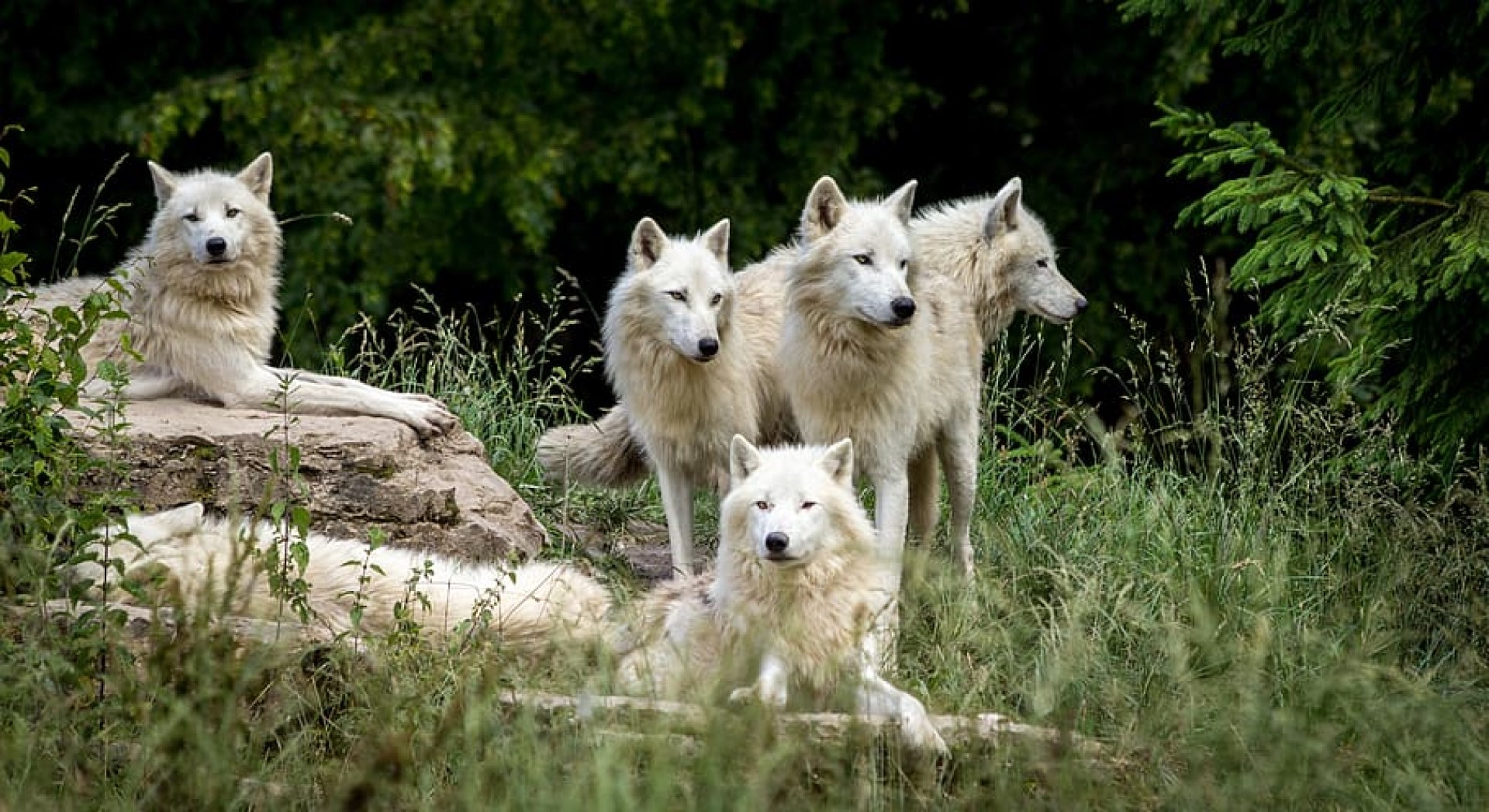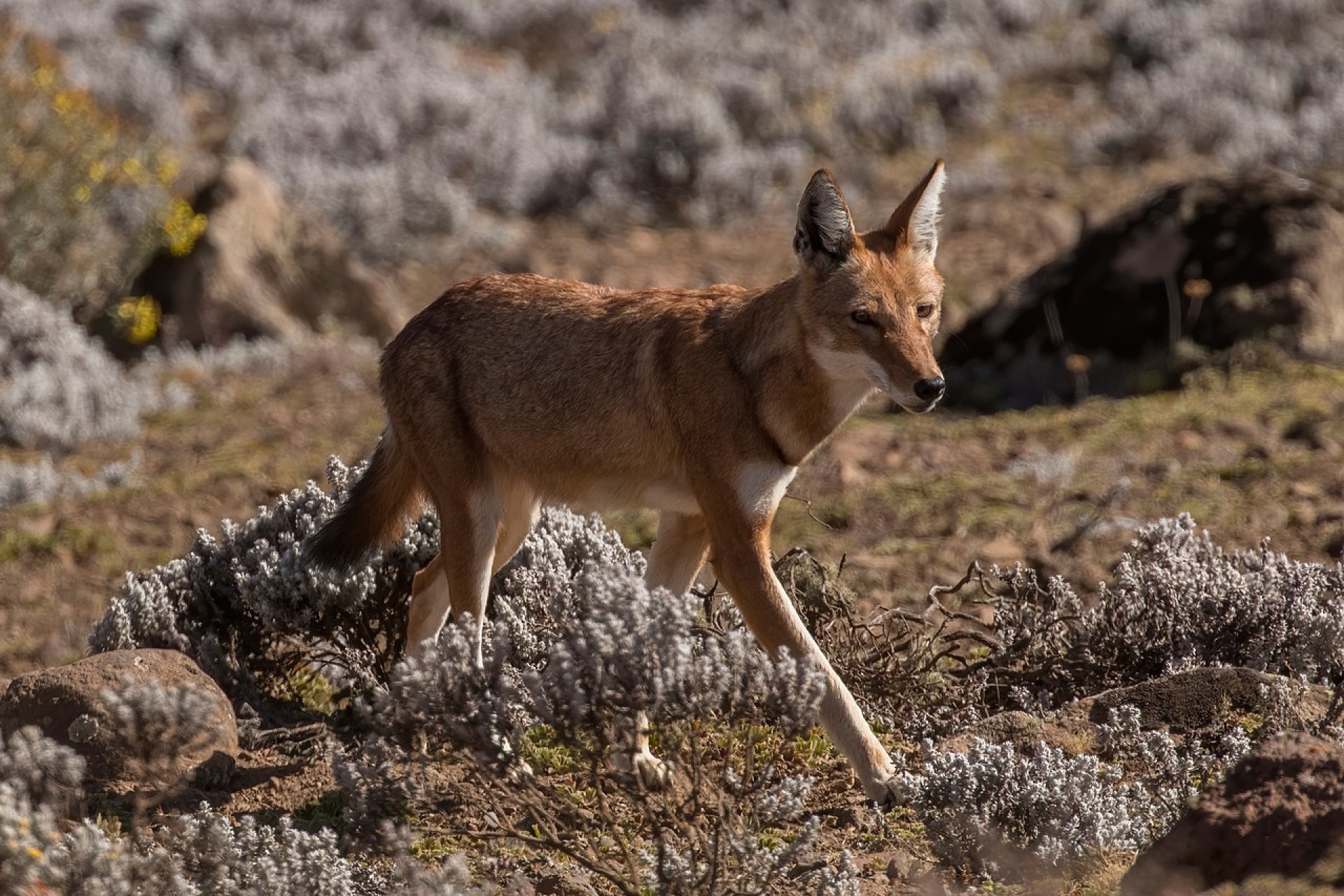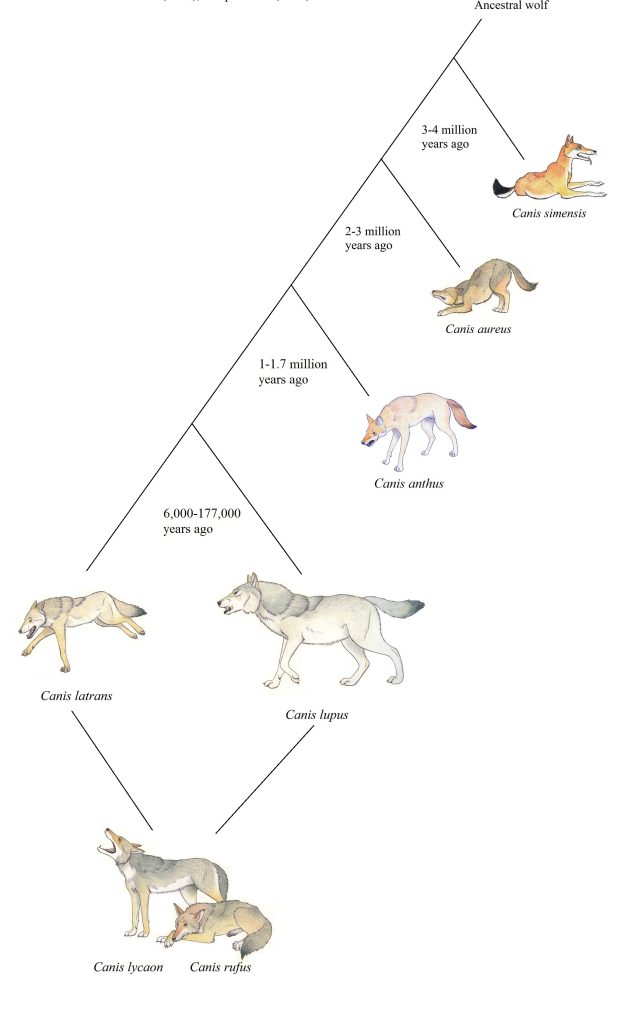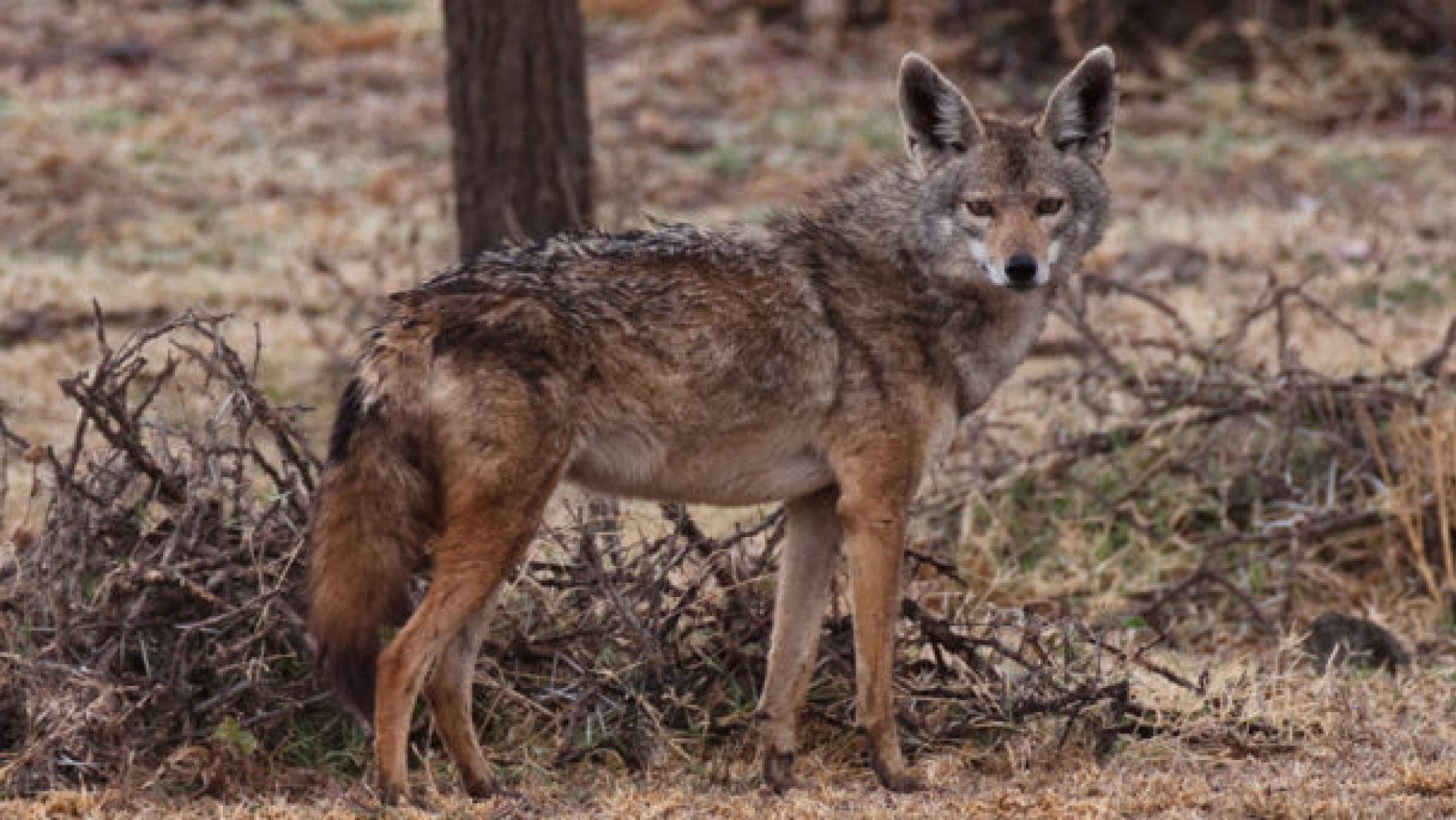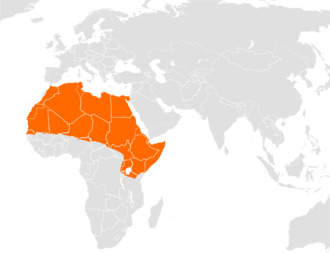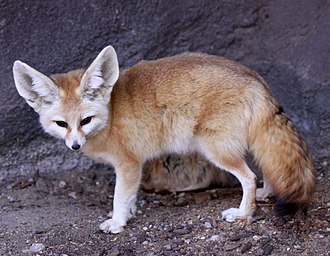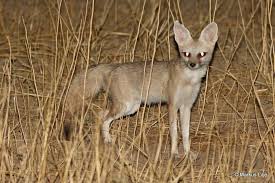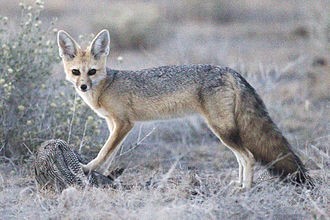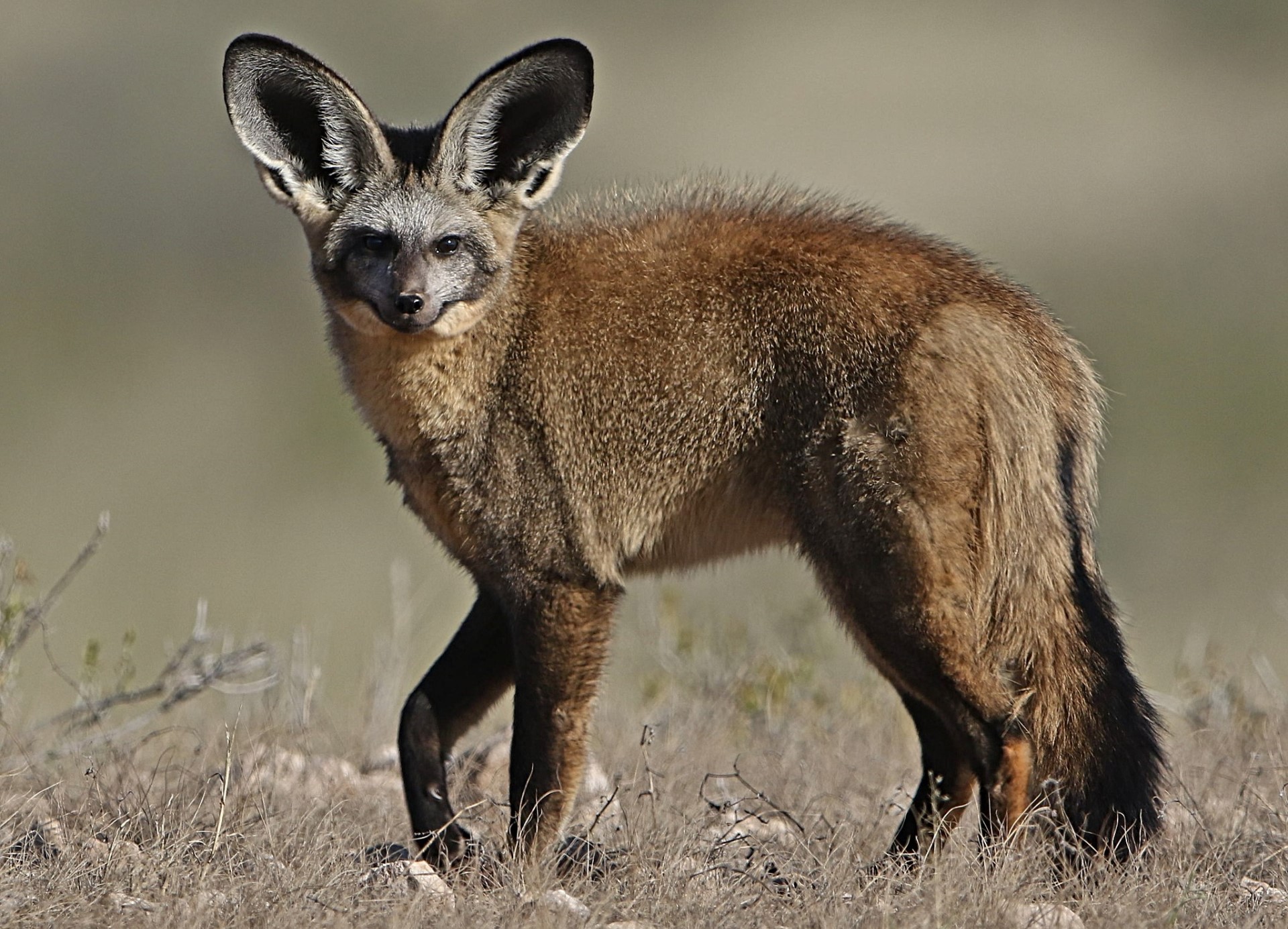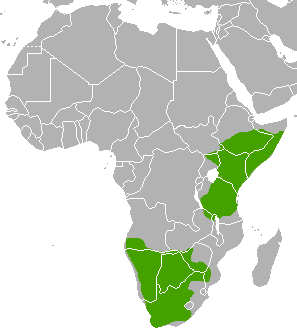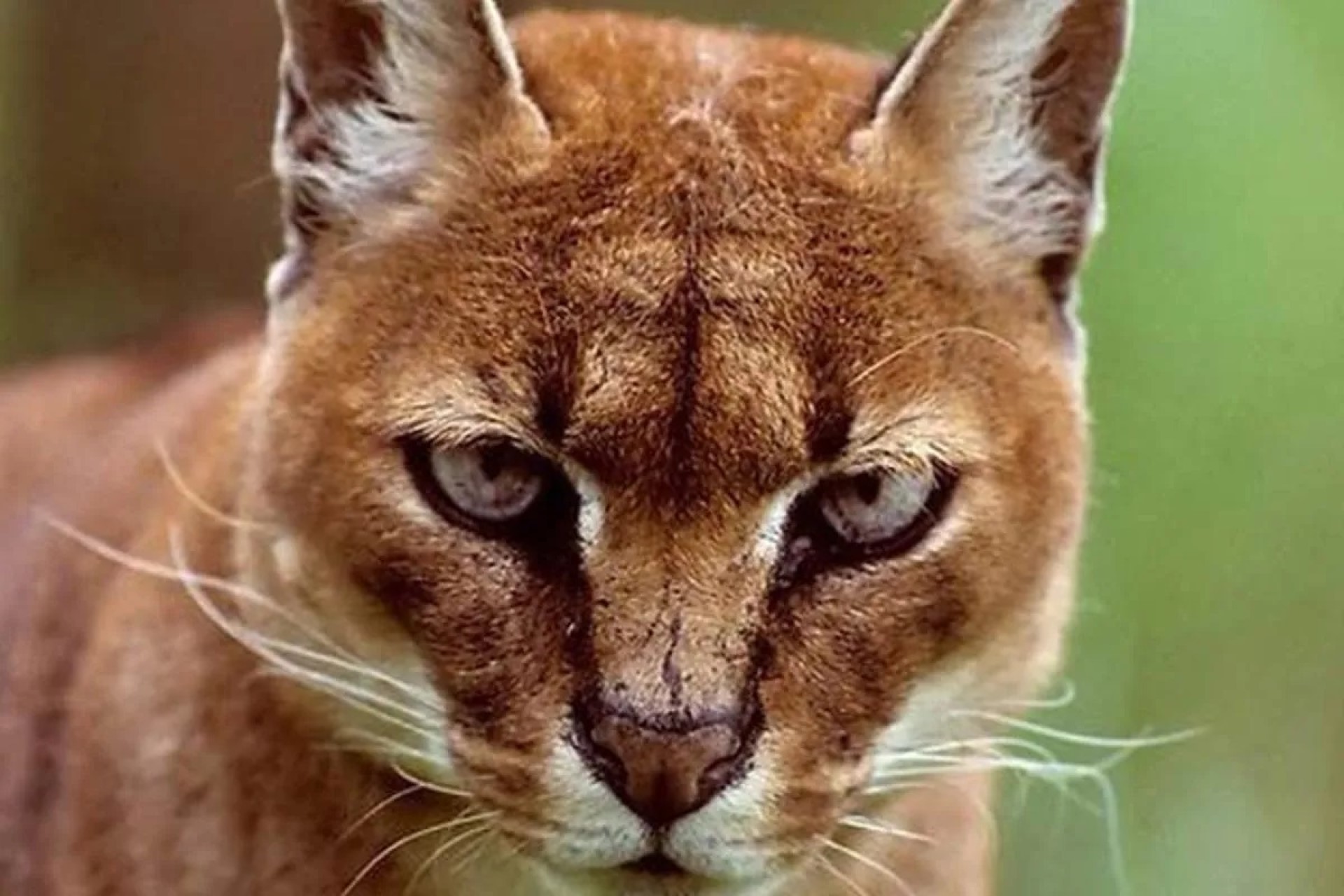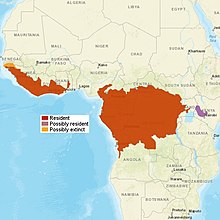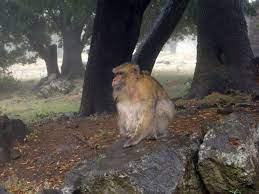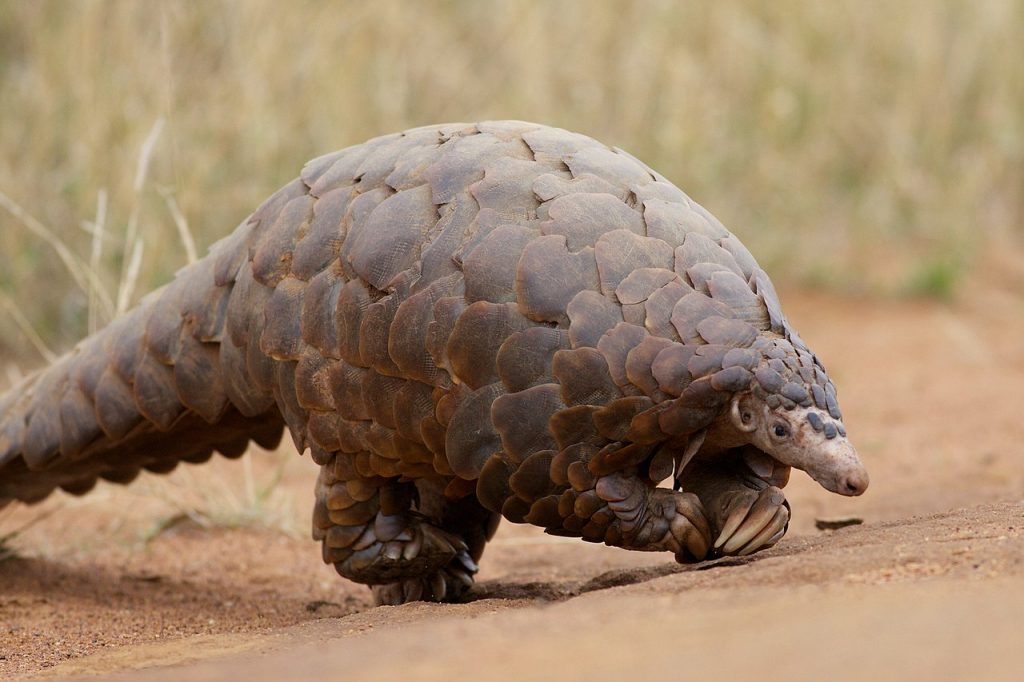The Dog (caninae) family tree
The Dogs also form an incredibly successful family. They have spread to even more so more of the earths surface has a dog living in each area. They has been classified into 2 tribes.
The first tribe is the tribe Canini (true dogs), which is further split into two subtribes. Each sub tribe is in turn split into a number of Genus, which have a number of species each
The first subtribe is Canina which is wolf like Canids, this is in term split into 4 genus which I will take in turn
Canis
First genus is Canis, which is subdivided into 6 species 2 of which have into subspecies.
The second genus is Cuon and only has one member in it. This is found in central south and south east Asia.
The next genus is Lupulella, and has two members, both found in Africa
The last Genus in Canis is Lycaon. This only has one member, which is the African wild dog
The second subtribe is Cerdocyonina (south American Dogs). There are 5 genus with living members (South American dogs), with the 6th (Dusicyon) containing 2 extinct species – so we will not mention this agai .
Of the 5 genus with living members, Lycalopex is one of these genus with 6 species. Lycalopex is made up of South American fox species – it should be noted that these so called South American foxes are not foxes. While they look like foxes, they are more closely related to Jackals and wolves.
The other 4 Genus in this subtribe, with living members each only have one member, so I will deal with these Genus in one go. These Genus are Atelocynus, Cerdocyon, Chrysocyon and Speothos. In the same order, the species that inhabit each of these genus are Short eared-dog, Crab eating fox, Manned wolf and the Bush dog.
Then there is a tribe called Vulpina, sub divided into 3 Genus. these are essentially the fox like canines
- The Nyctereutes which consist of the Racoon dogs: the common raccoon dog and the Japanese racoon dog.
- The Otocyon which consists of the bat eared fox
- The Vulpes: Which I will deal with in the next section, separately (below
The true fox family is a large extended family of foxes from around the world. They all behave in a similar way, though the habitat in which they live can be very differemt
Finally there is a Genus on its own called Urocyon which consists of grey foxes, of which there ae only 2 surviving members.

